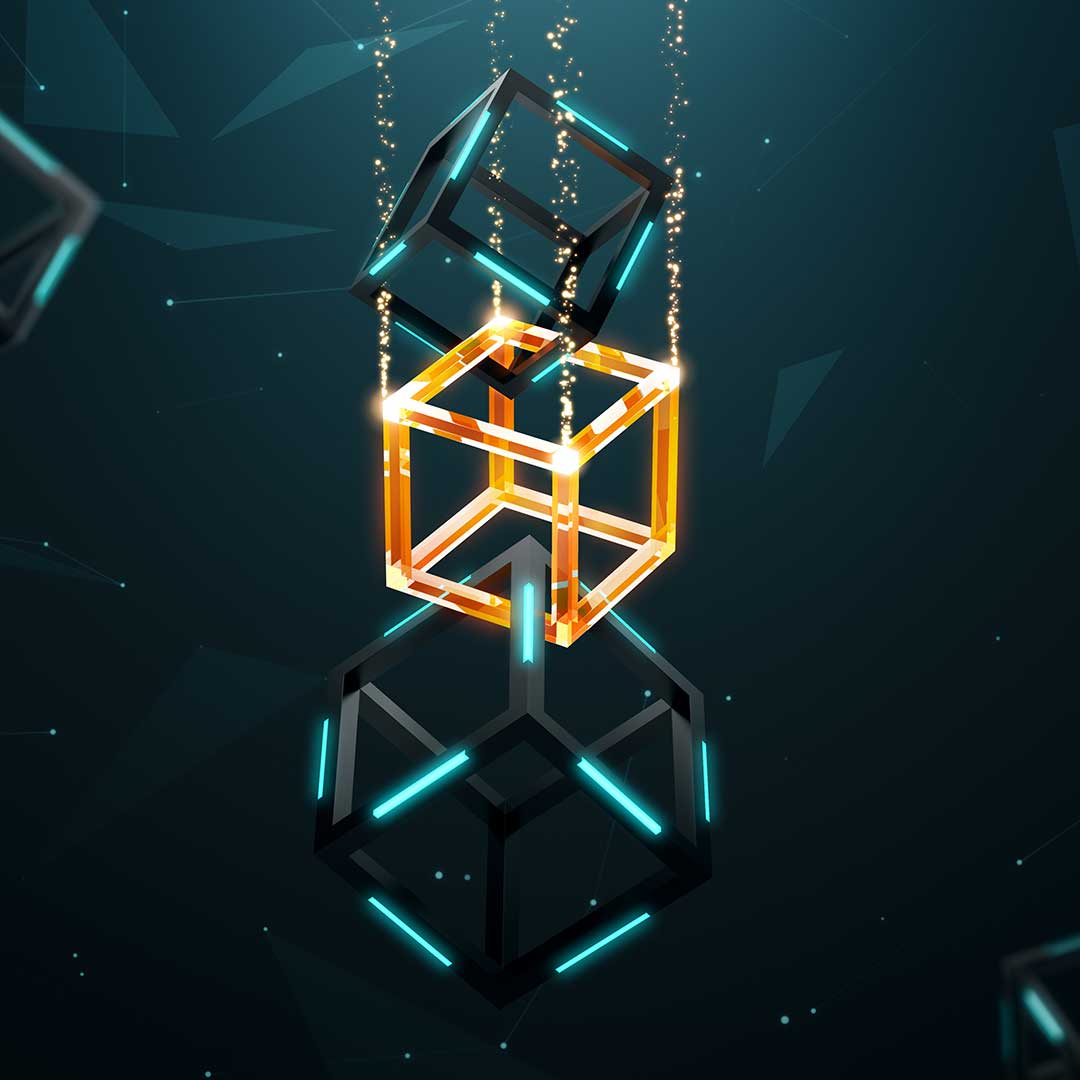This website uses cookies so that we can provide you with the best user experience possible. Cookie information is stored in your browser and performs functions such as recognising you when you return to our website and helping our team to understand which sections of the website you find most interesting and useful.
What is Blockchain?

If you follow our various social media accounts, then you’ve undoubtedly noticed that we’ve been talking about blockchain technology quite a bit, especially how it transform the ways manufacturers and ERP businesses run. Even if you don’t, you’ve undoubtedly heard the buzz about blockchain throughout various industries. However, if you ask what is blockchain, you might get varying answers after a few “ums” and “uhs.” It’s hard to describe because blockchain can technically be anything of digital value on the internet.
Broadly Defined
Blockchain is based upon the Bitcoin technology that Satoshi Nakamoto created. Others in the tech community have taken the digital currency technology and found other uses for it, particularly when it comes to distributing information digitally. Don and Alex Tapscott described blockchain as the following in their book, Blockchain Revolution:
The blockchain is an incorruptible digital ledger of economic transactions that can be programmed to record not just financial transactions but virtually everything of value.
That’s a pretty broad stroke, which is how diverse blockchain technology can be. It doesn’t make it any less confusing, though. The simplest way to think of blockchain is to look at Google Docs. When someone creates a document or a spreadsheet in Google Docs, they can share it across a company network. In doing so, multiple people can visit the document and edit it all at once without the hassle of emailing back and forth a Word document. While Google Docs is not technically a blockchain, it’s a quite accurate analogy to how blockchain works.
At its core, blockchain is a decentralized database shared across a network. The database contains blocks of information that is identical across the entire network. If some adds a new block, the entire network sees the change, like one would in Google Docs. The difference between the blockchain and Google Docs is that no one can edit the transaction once it’s in place. As such, blockchain has the following properties:
- No single entity controls it.
- It has no single point of failure. For instance, if one server on the network goes down, none of the information goes down with it.
- Since it is public, it is transparent.
- It’s virtually incorruptible. Altering any unit of info on the chain would require a massive amount of computing power to take over the entire network.
To the last property, this does not mean that no one can corrupt the blockchain. However, if someone did, it would destroy its entire value, thereby negating any purpose one would have to corrupt it.
In addition, since a blockchain is not a centralized network, it doesn’t have any centralized nodes that hackers can exploit. Thus, its encryption technology is far more secure than any other accounting system. For example, if we stored all of our usernames and passwords in blockchain tech, there’s no one vulnerable spot for hackers to break in and steal identities. This fact alone has made Bitcoin transactions far more appealing than traditional online transactions. Once a transaction is in the blockchain ledger, it’s permanently there. There’s no dispute over transaction history, and no one can claim a transaction wasn’t clear or wasn’t authorized.
Other Uses for Blockchain
Currently, financial institutions are using blockchain technology the most. However, many industries can take advantage of the possibilities blockchain has to offer.
For example, manufacturing industries can use blockchain to track the status of shipments and transactions. With all parties part of the network, there is complete transparency as to the status of the entire transaction, from the orders down to delivery.
Technology services can also take advantage of blockchain to facilitate any and all changes made to a network infrastructure for clients. It’s especially beneficial for networks that include multiple suppliers and vendors.
This publication contains general information only and Sikich is not, by means of this publication, rendering accounting, business, financial, investment, legal, tax, or any other professional advice or services. This publication is not a substitute for such professional advice or services, nor should you use it as a basis for any decision, action or omission that may affect you or your business. Before making any decision, taking any action or omitting an action that may affect you or your business, you should consult a qualified professional advisor. In addition, this publication may contain certain content generated by an artificial intelligence (AI) language model. You acknowledge that Sikich shall not be responsible for any loss sustained by you or any person who relies on this publication.




